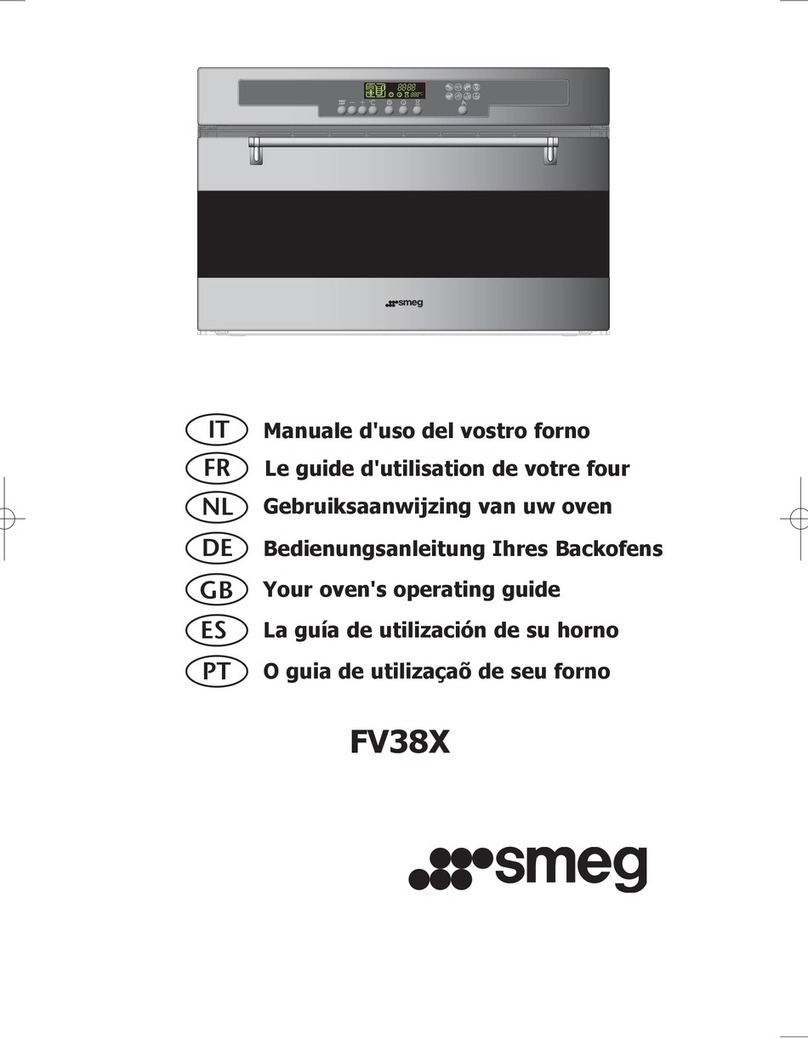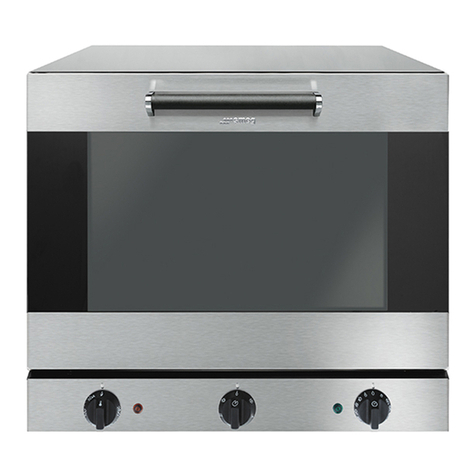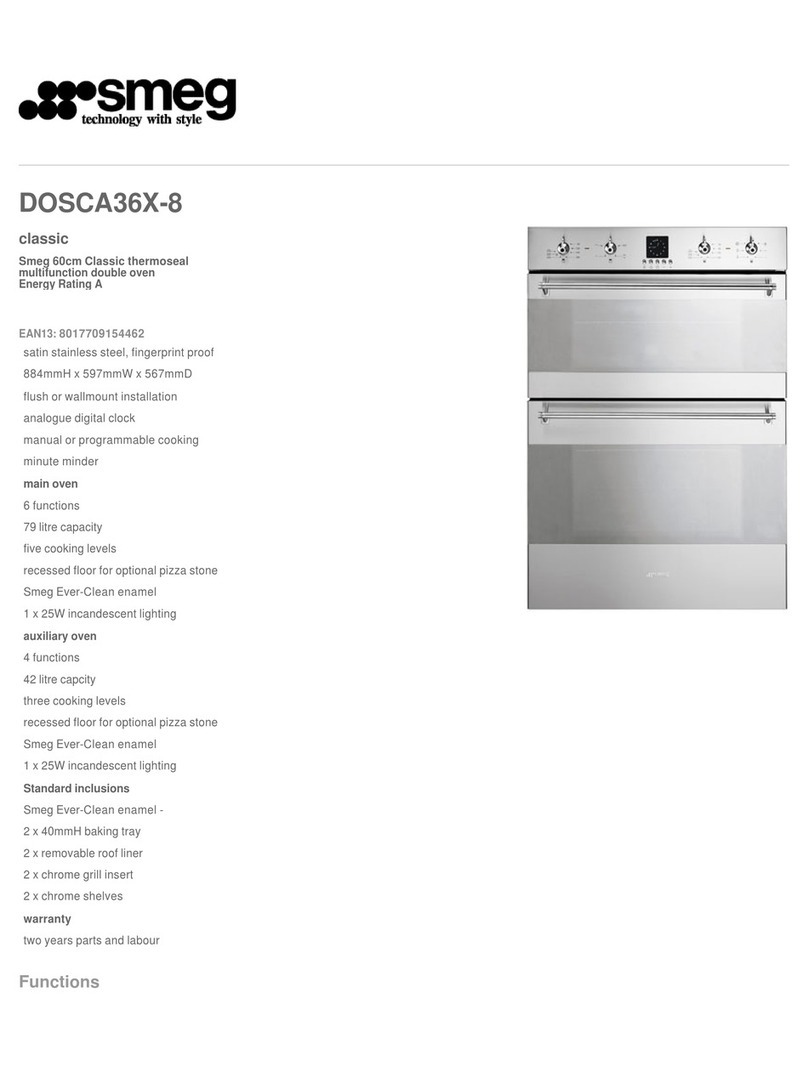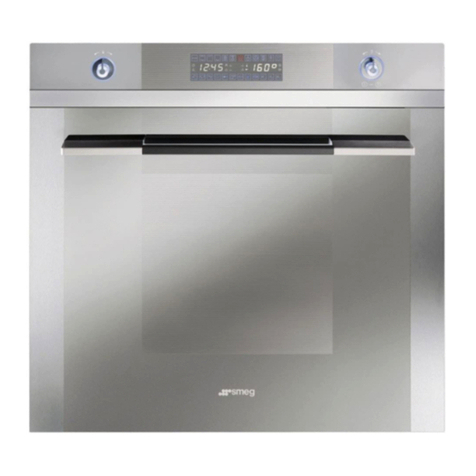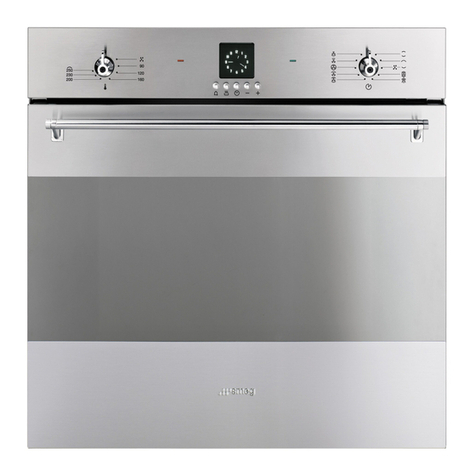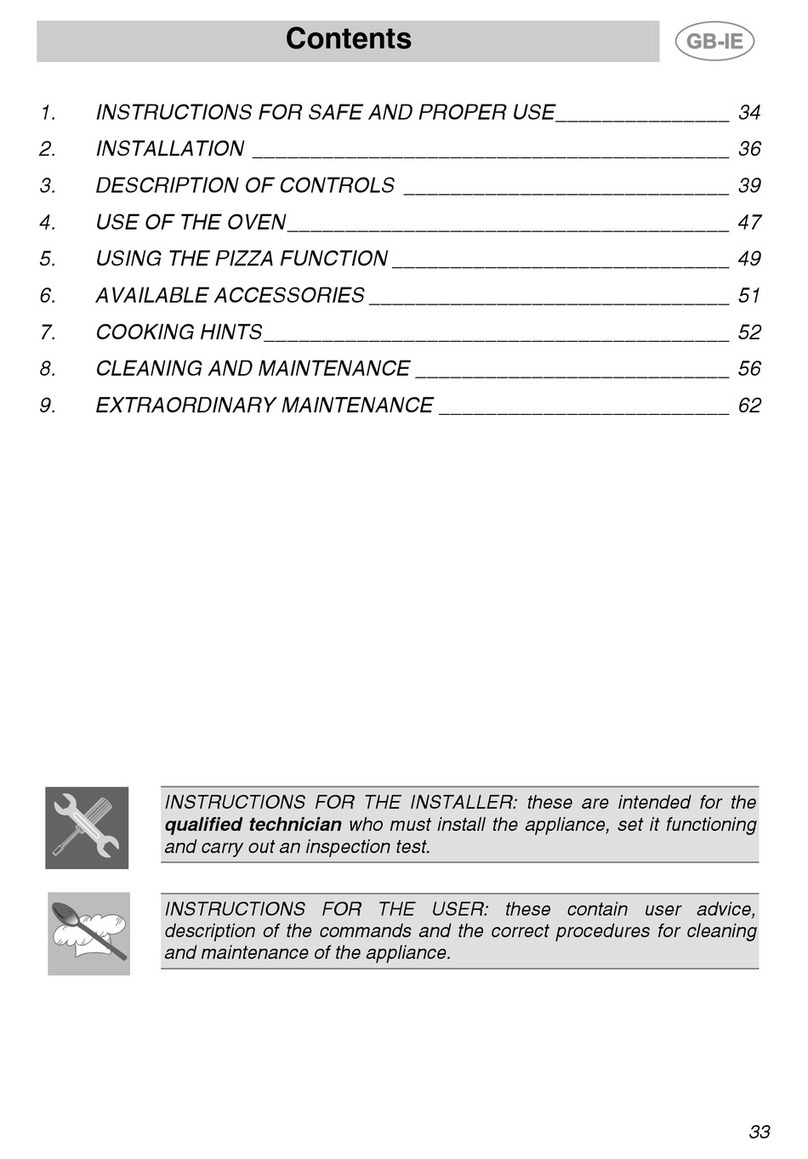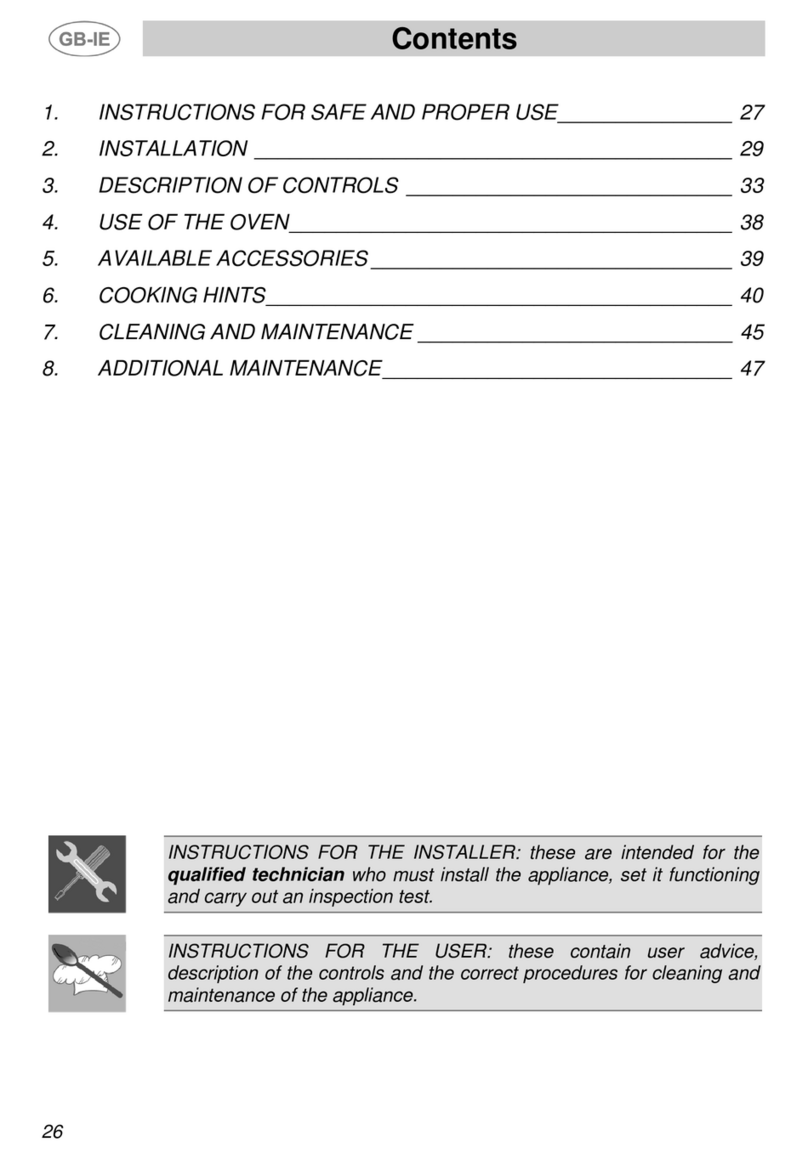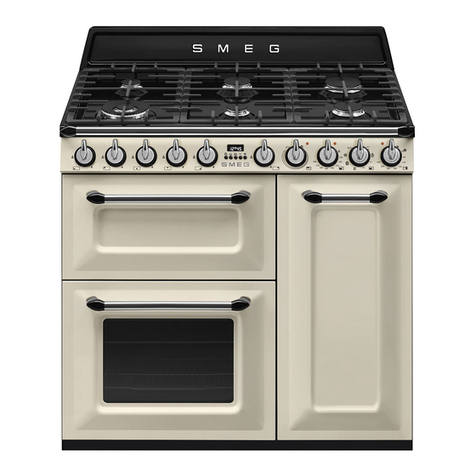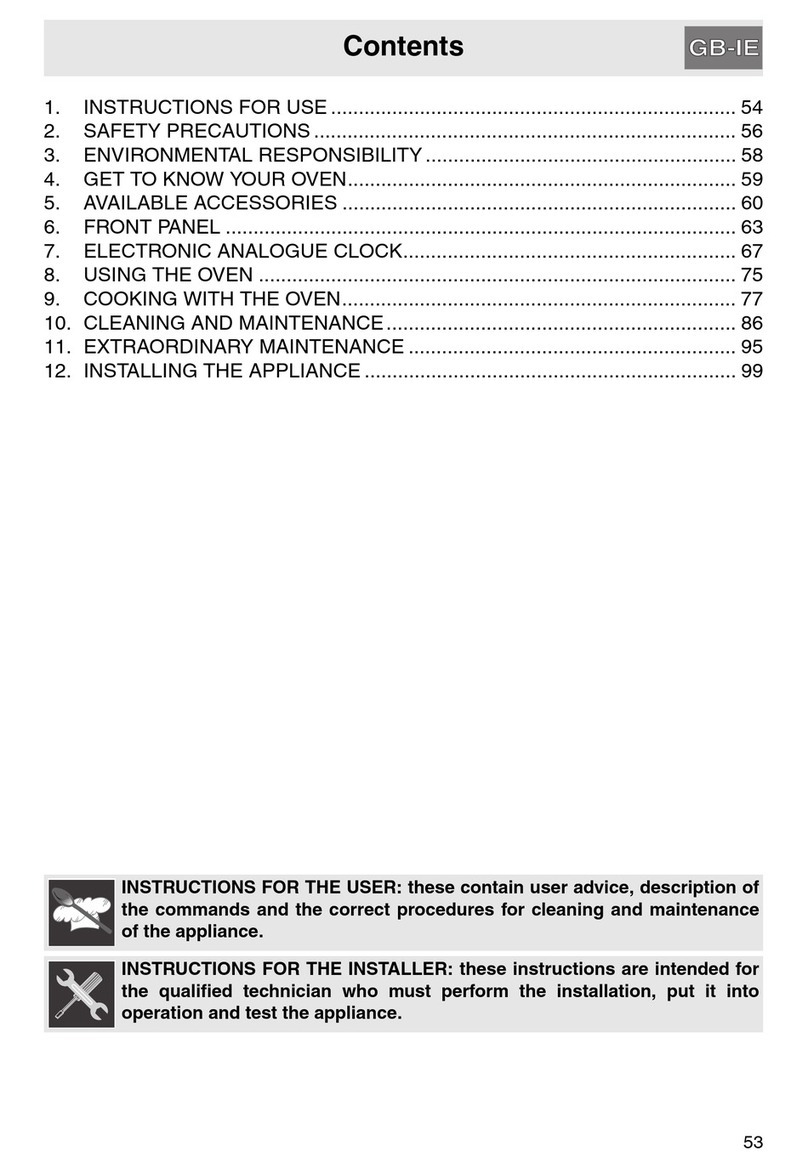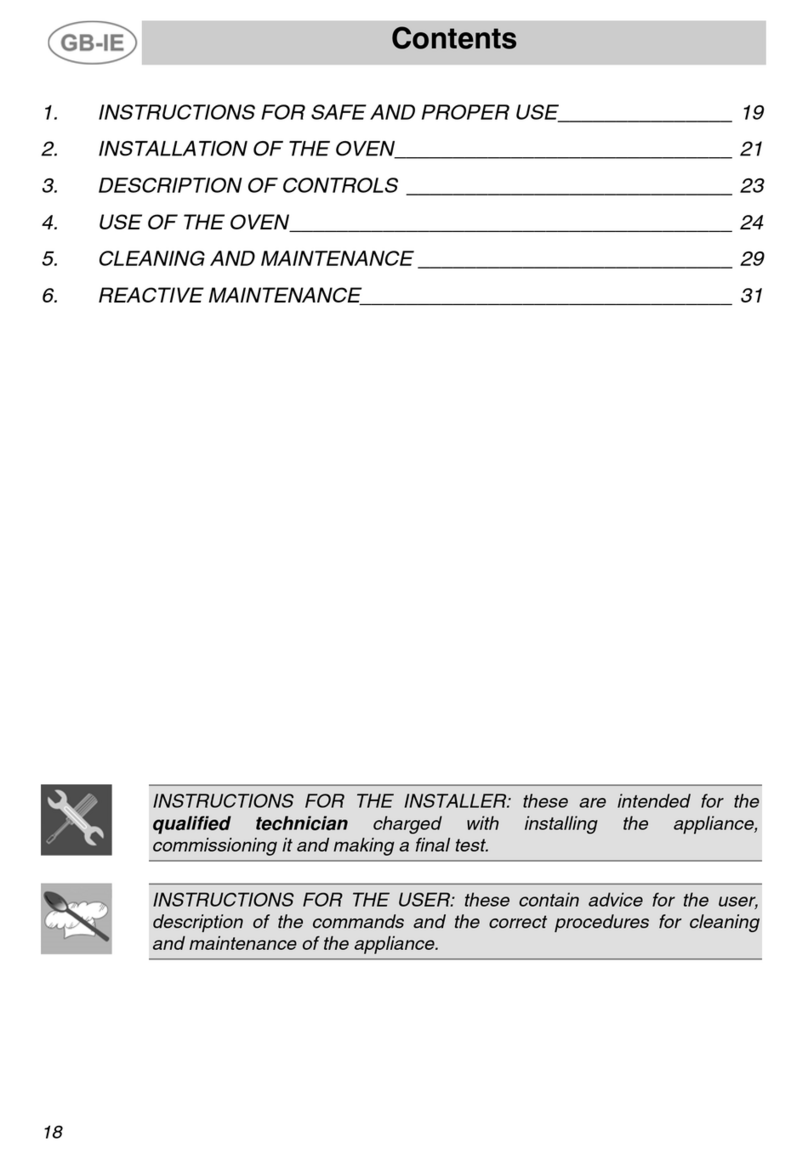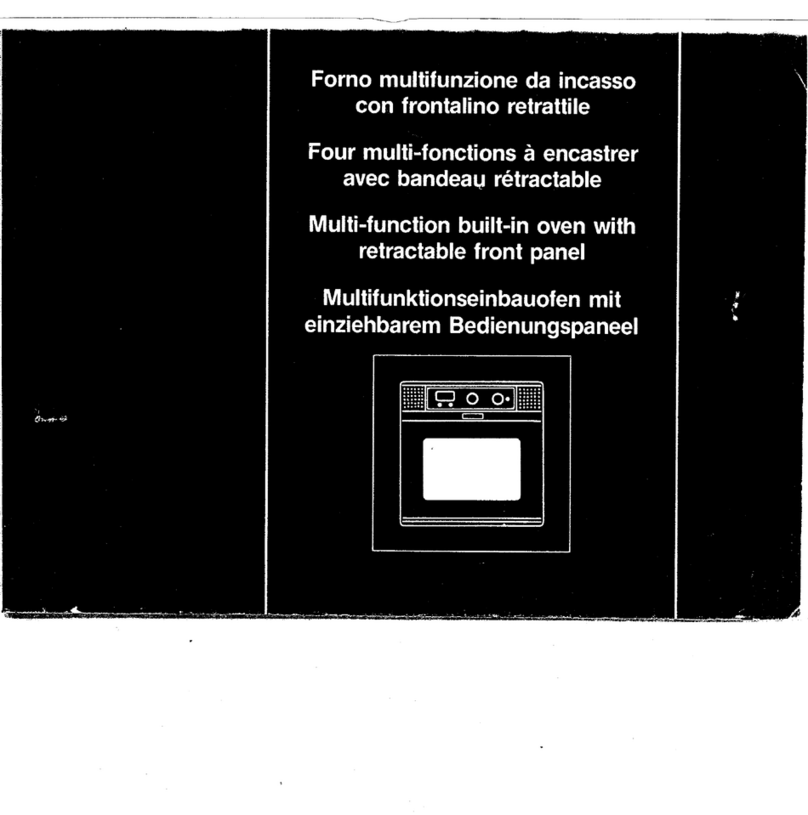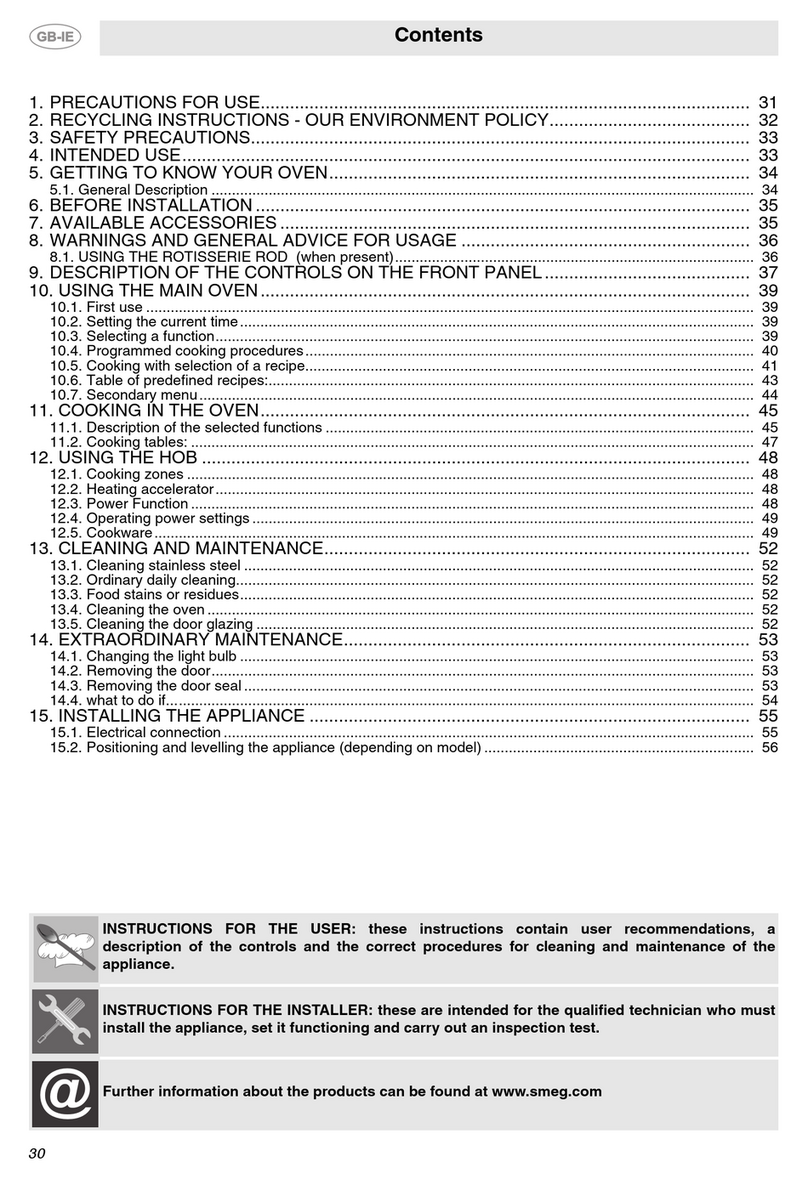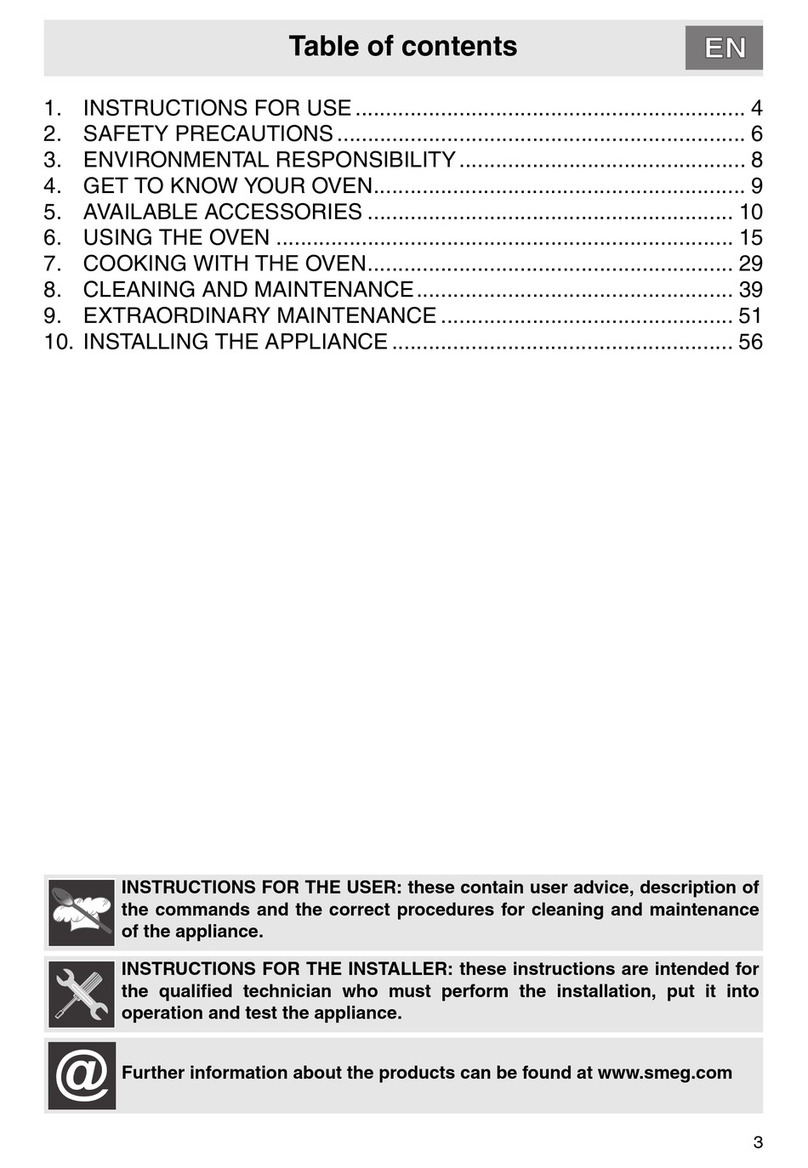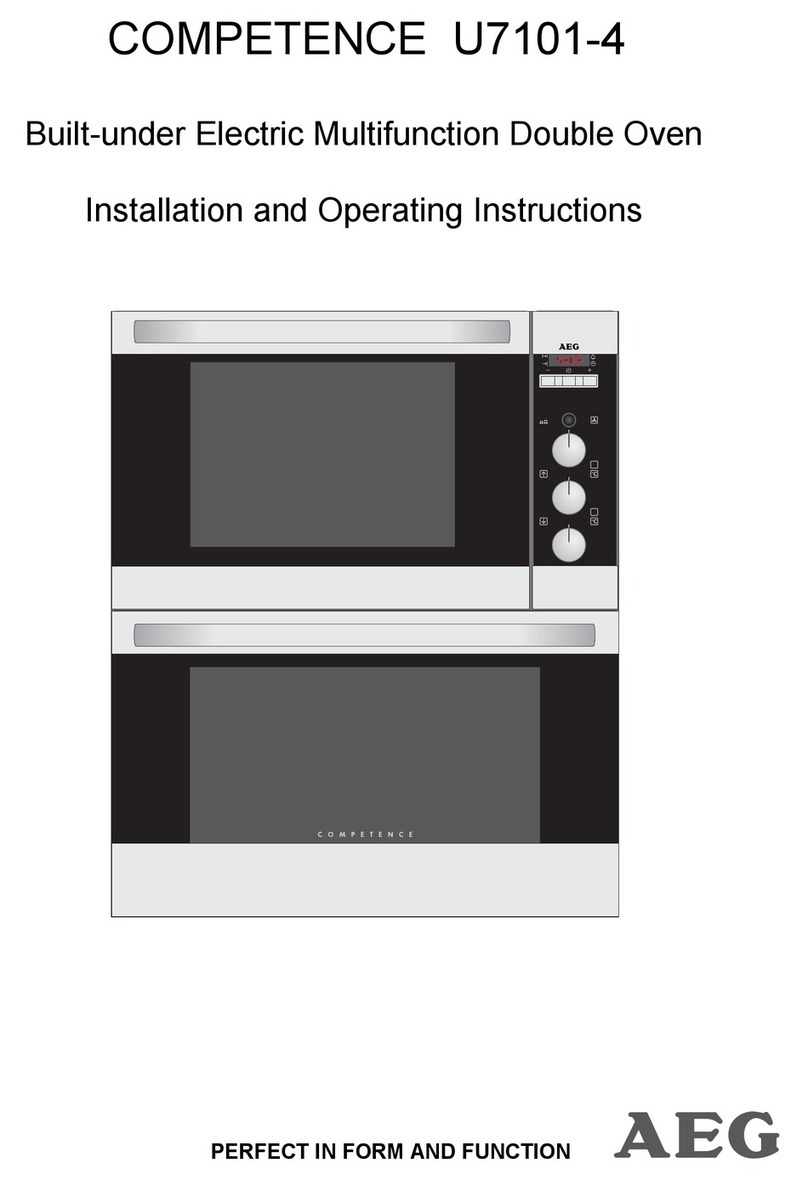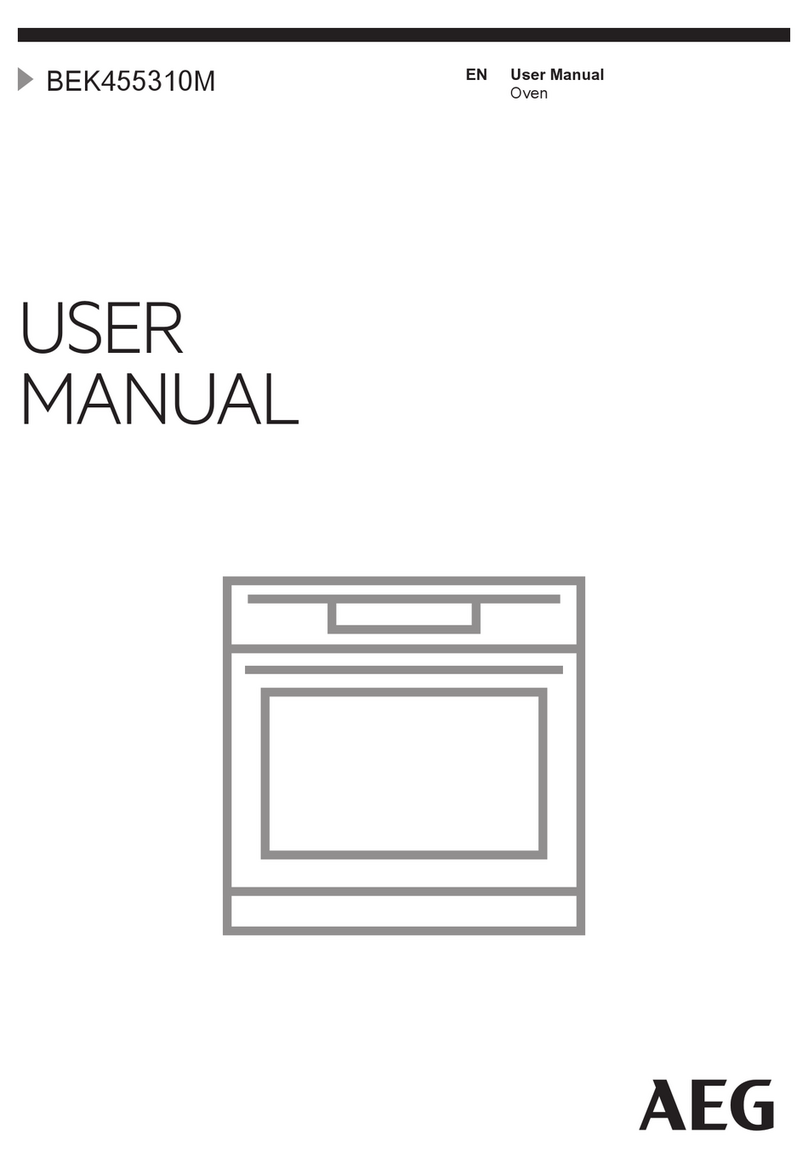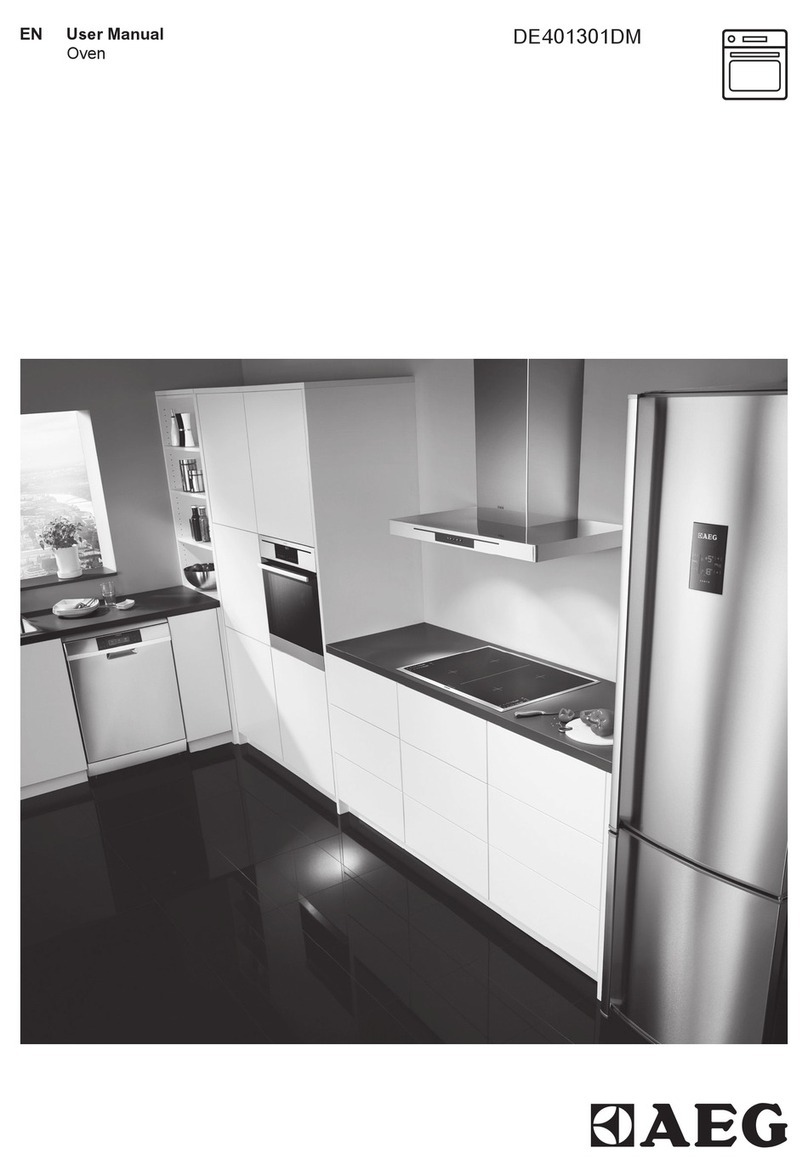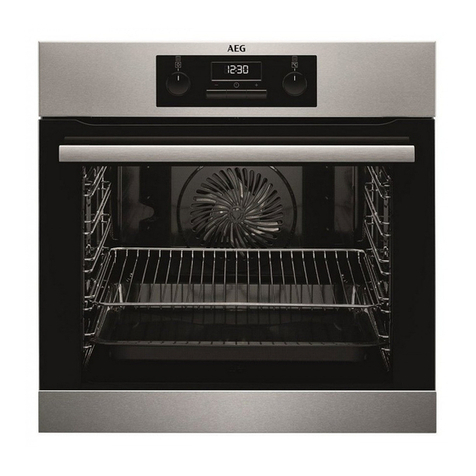
Instructions
30
1 Instructions
1.1 General safety instructions
Risk of personal injury
• During use the appliance and its
accessible parts become very hot.
• Never touch the heating elements
during use.
• Keep children under eight years
of age at a safe distance if they
are not constantly supervised.
• Children must never play with the
appliance.
• This appliance may be used by
children aged at least 8 and by
people of reduced physical and
mental capacity, or lacking in
experience in the use of electrical
appliances, as long they are
supervised or instructed by adults
who are responsible for their
safety.
• Never try to put out a fire or
flames with water: Turn off the
appliance and smother the flames
with a fire blanket or other
appropriate cover.
• The appliance must never be
cleaned by unsupervised children.
• Do not insert pointed metal
objects (cutlery or utensils) into the
slots in the appliance.
• Switch off the appliance
immediately after use.
• Do not modify this appliance.
• Have qualified personnel carry
out installation and assistance
interventions according to the
standards in force.
• Do not try to repair the appliance
yourself or without the intervention
of a qualified technician.
• If the power supply cable is
damaged, contact technical
support immediately and they will
replace it.
• Do not open the storage
compartment when the oven is on
and still hot.
• The items inside the storage
compartment could be very hot
after using the oven.
Risk of damaging the appliance
• Do not use abrasive or corrosive
detergents on glass parts (e.g.
powder products, stain removers
and metallic sponges).
• Racks and trays have to be
inserted into the side guides until
they come to a complete stop.
The mechanical safety locks that
prevent the rack from being taken
out accidentally have to face
downwards and towards the
oven back.

